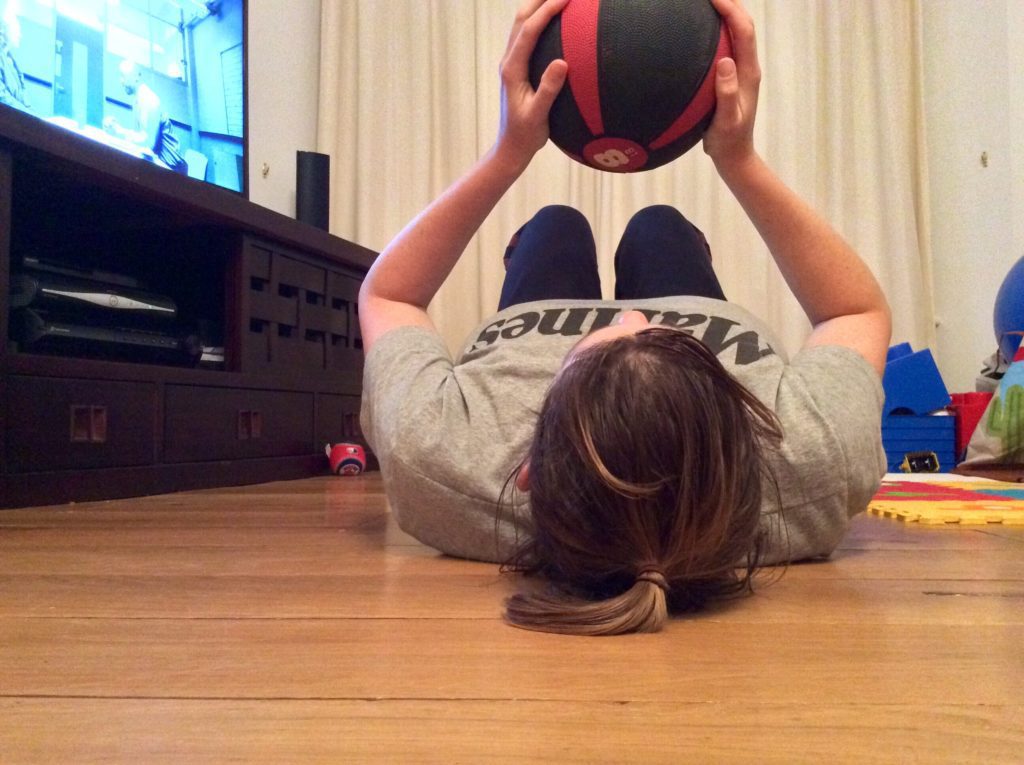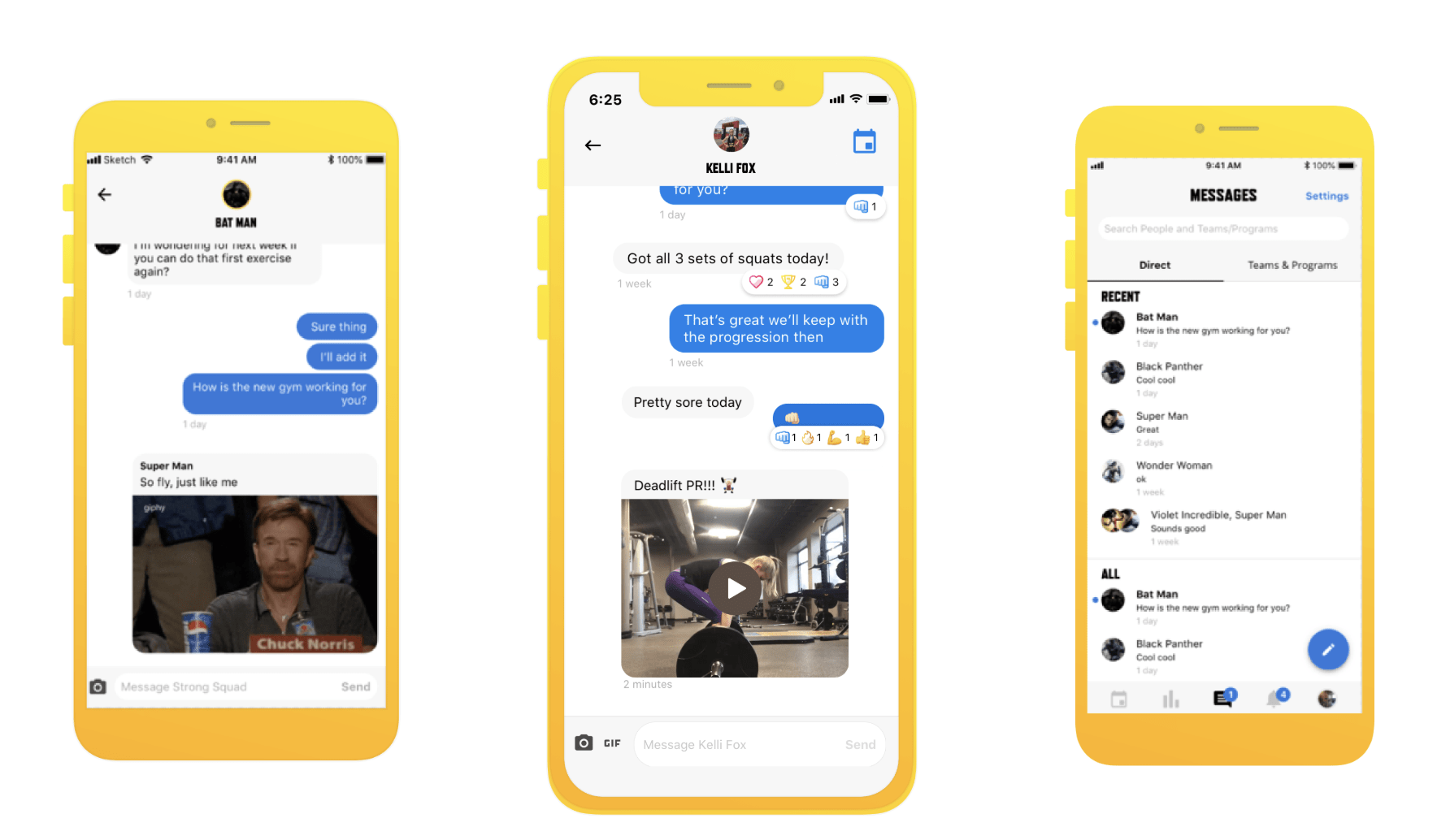The Best Tips When Programming for Remote Clients
Coach Development | COVIDBo Hickey
My name is Bo Hickey and you might recognize me under the name Bomenclature on social media. While I still use the name Bomenclature, I felt it was time to make a change to the larger picture. That picture being The Lifelong Athlete! I have been a sports performance coach for over ten years and find amazing joy in helping athletes achieve levels of performance that they couldn’t once fathom. Equally enjoyable is helping everyday people strive for a better path of health and wellness moving forward. During my journey, I have been very fortunate to work with athletes who have made world teams, competed at Olympic Trials, solo swam the English Channel, set masters national records, competed at masters worlds, and won national titles.
// 3 tips for coaches programming for remote clients
Over the past decade, training has taken me on one wild journey and has allowed me to see many different training environments.
My journey has put me in situations that have challenged me to assist athletes who have all the resources imaginable and athletes who have their bodyweight and a small space on a ship.
During this journey, I have worked with young, seasoned, limited, and gifted athletes.
In recent years, I have made the jump into a more online focused approach.
Honestly, my main driver for this decision is my wife and our family. In the strength and conditioning world, the strength coach often has a firm grip on the family steering wheel.
If a head coach gets fired, the strength coach might be close behind. Finding comparable work could require a major family move and might not come in a timely manner.
The same goes for promotion or advancement.
While I love this profession, I want to achieve a balance that allows my wife to achieve her professional goals while I also achieve mine. For us, the online training approach has allowed this to take shape.
As I have made this transition to working with remote clients, I have learned a few key considerations that have made me more effective as a coach.
These considerations allow me to provide a potent and efficient experience for remote clients, while limiting frustrations.
Being able to see potential headaches and adjust your programming accordingly will heighten your effectiveness. Let’s dive in.
Programs By THE LIFELONG ATHLETE
We help you achieve a new level of athletic performance regardless of age. This program is for you if you are tired of dealing with aches and pains that cause you to slow down as you age.
We have worked with athletes who have set masters national records, placed in the top five at masters worlds, completed marathon swims (ex. English Channel), and more.
1. Aim for minimal equipment

This is the main training killer when it comes to working with remote clients.
You could write the most amazing training session only to have it derailed by facility layout.
If your client’s frustration gets too high, adherence is going to plummet. One of the main trends I have picked up on is pull-up bars and dumbbell racks.
In many gyms I have visited, the pull-up bars and the dumbbells are not always in close proximity. If I plan a superset with pull-ups and some sort of dumbbell work, this could be a problem for my remote client.
Some clients will not carry a dumbbell over to the pull-up bar and some gyms might restrict certain equipment to certain areas.
Keep in mind, this is not always the case but it is a trend that has caught my eye.
With this in mind, I aim to program two or fewer pieces of equipment per superset or training block.
This way my remote clients do not need to bring a wagon to the gym to carry around all of the equipment they need.
It also allows them to have more control over the timing and pace of the training session without someone stealing their spot or weight at a critical point in the training session.
2. Know your clients space


The biggest thing to consider is where your clients are going to complete most of their training.
For example, many of the athletes I work with train out of your typical box gym.
Whenever I am on the road, I always stop by a few local gyms for my own training sessions.
While this provides a nice refresh for my own training, it is also a chance for me to look at potential pitfalls of my remote client programming.
Gyms have pivoted to a more open model but crowding still happens and floor space limitations still exist.
Try completing a dynamic movement segment in a gym at 5:00 pm on a Tuesday and you will see where frustration can arise.
If you plan skips, bounds, and similar movements, think of some more stationary variations.
I will utilize movements like a stationary skip versus a forward progressing skip.
Another example is a wall sprint instead of a high knee run. Get creative as a coach!
What can you do with the least amount of space and the highest amount of effectiveness?
This will also transfer to when you have 40 athletes in your weight room in person.
3. Keep your numbers simple


The TrainHeroic platform is an amazing resource when it comes to delivering training to remote athletes.
From being able to upload videos to the notes you can include; communication opportunity is abundant.
With that said, you must make your communication effective in bite size doses.
You are not there to cue each movement and count for your clients.
In my case, many of my clients are new to certain movements and need to spend extra time watching the video demonstrations I provide.
To better manage their time in session, I minimize the amount of numbers they need to remember.
For example, to prepare for their training session they might have a block of five exercises to complete.
If I program 12 repetitions for the first exercise, seven repetitions for the second and fifth exercise, 15 repetitions for the third exercise, and 20 repetitions for the fourth exercise, they are going to be on their phones checking numbers repeatedly.
This is going to waste time and diminish the effectiveness of the preparation.
To avoid this, I try to stick with two numbers per training block.
Early on in my TrainHeroic usage, I found that when I programmed three numbers or more in a superset or training block, the time to completion skyrocketed.
This requires more thought on my end as I plan the purpose behind each block, but it greatly assists remote clients as they try to complete their training sessions in a timely manner.
Wrapping it all up
Working with remote clients is challenging and fun. It requires you to adapt as a coach and grow in your communication capabilities.
Keep growing and learning as you take on the remote coaching challenge. Remember these three tips as you build your training programs and you will be good to go!
TAKE YOUR TRAINING
TO THE NEXT LEVEL
The TrainHeroic Marketplace
TrainHeroic brings online training and strength programs to life with an unmatched imersive training experience delivered directly to your phone. Browse our Marketplace for thousands of programs or take your training up a notch by joining an online community with fresh programming and coaching by some of the biggest names in the strength game starting at $15 / month.


READY TO TRY TRAINHEROIC?
Our powerful platform connects coaches and athletes from across the world. Whether you are a coach or trainer looking to provide a better experience for your clients, or you’re an athlete looking for expert programming, click below to get started.
Want more training content?
More coaches and athletes than ever are reading the TrainHeroic blog, and it’s our mission to support them with the best training & coaching content. If you found this article useful, please take a moment to share it on social media, engage with the author, and link to this article on your own blog or any forums you post on.
Be Your Best,
TrainHeroic Content Team
HEROIC SOCIAL
HEROIC SOCIAL
TRAINING LAB
Access the latest articles, reviews, and case studies from the top strength and conditioning minds in the TH Training Lab


